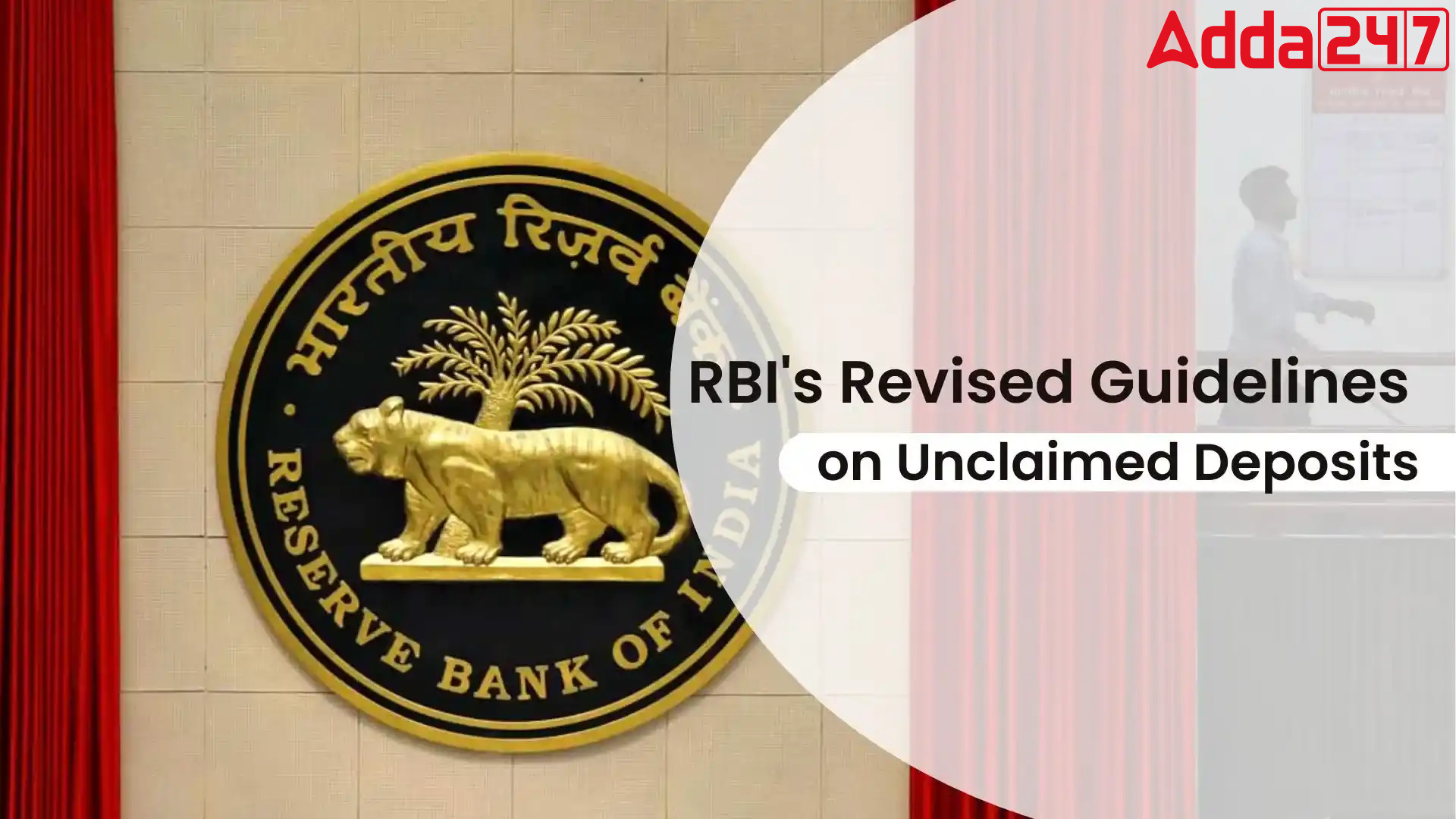The Reserve Bank of India (RBI) has issued revised guidelines regarding the classification of accounts and deposits as inoperative accounts and unclaimed deposits by banks.
Here’s a breakdown
What Constitutes an Inoperative Account?
- An account becomes inoperative if there are no ‘customer induced transactions’ for over two years.
- Customer induced transactions include financial transactions initiated by the account holder, non-financial transactions, or KYC updates.
- Approximately Rs 1-1.30 lakh crore is estimated to be lying in inoperative bank accounts.
Defining Unclaimed Deposits
- Balances in savings or current accounts not operated for 10 years or term deposits not claimed within 10 years from maturity are classified as unclaimed deposits.
- The government reported unclaimed deposits of Rs 42,270 crore as of March 2023.
Revised Guidelines by RBI
- Banks must conduct an annual review for accounts with no customer induced transactions for over a year.
- For term deposits, banks need to review accounts if proceeds are not withdrawn after maturity to prevent them from becoming unclaimed.
- Communication to account holders should be done via letters, emails, or SMS about inactivity and the need for KYC updates.
Classification Criteria for Inoperative Accounts
- Only customer induced transactions are considered for classifying an account as inoperative.
- Bank induced transactions such as charges and fees are not included.
- Accounts opened for government schemes or scholarships should be segregated in the CBS to exempt them from inactivity stipulations.
Reactivation Process
- KYC updates can reactivate inoperative accounts and unclaimed deposits.
- Banks must provide KYC updation facilities at all branches and through V-CIP if requested.
- No charges should be levied for the activation of inoperative accounts.
Penalty and Interest Policies
- Banks cannot impose penal charges for non-maintenance of minimum balances in inoperative accounts.
- Interest on savings accounts should be credited regularly regardless of the account’s operational status.




 IDFC FIRST Bank Launches ‘Zero-Forex Dia...
IDFC FIRST Bank Launches ‘Zero-Forex Dia...
 Axis Bank Launches 'Safety Centre' to Bo...
Axis Bank Launches 'Safety Centre' to Bo...
 RBI Proposes 75% Cap on Banks Dividend P...
RBI Proposes 75% Cap on Banks Dividend P...







